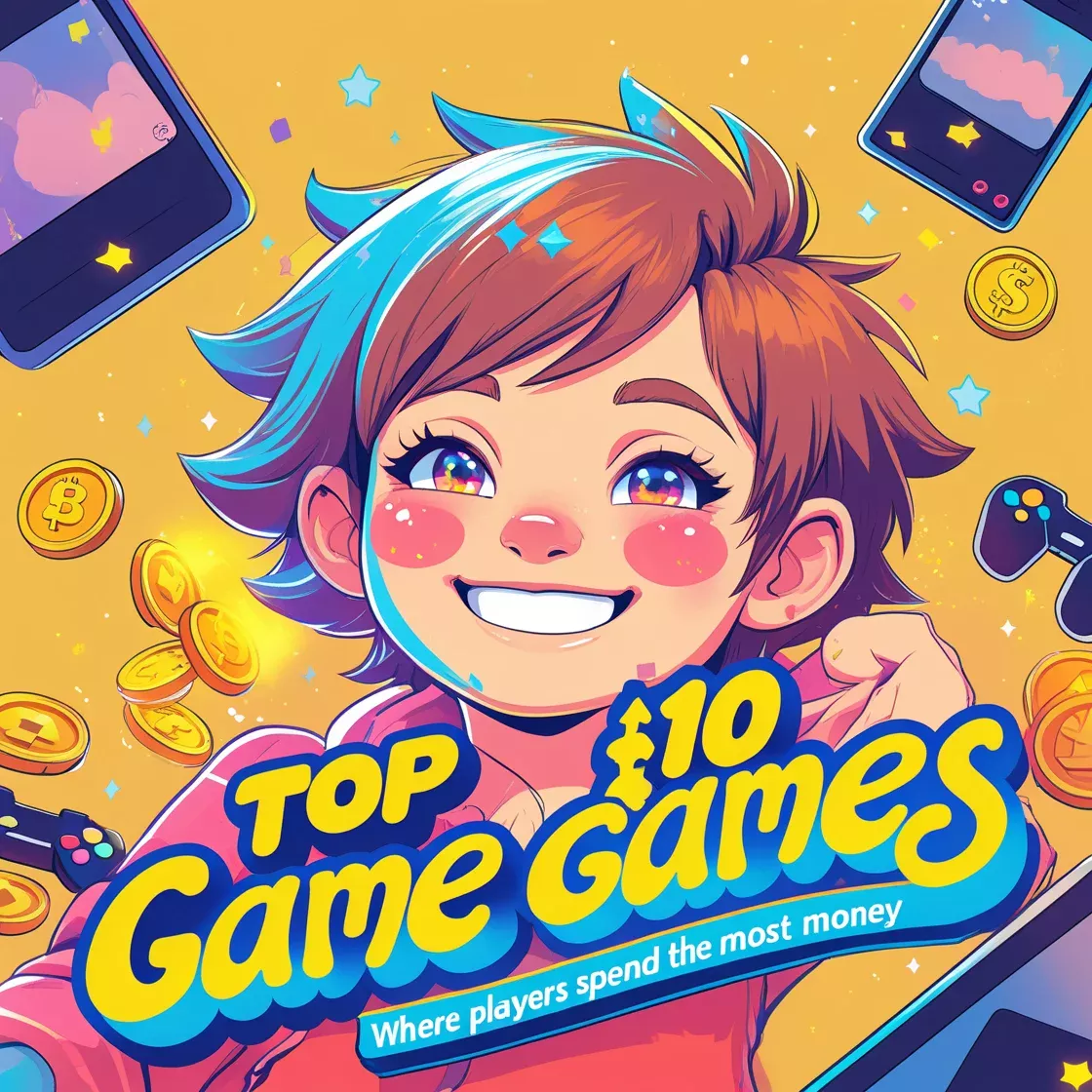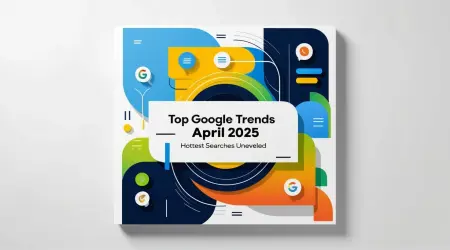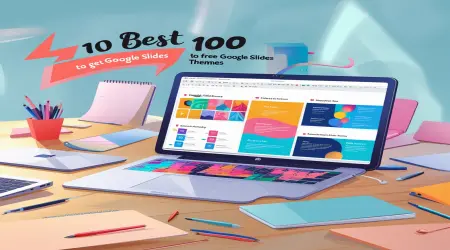Top 10 Games Where Players Spend the Most Money: A Friendly Guide
Introduction
In the fast-moving world of video gaming, a new kind of game has come to be—ones that not only pull players in with fun gameplay but also encourage spending through in-game purchases. These top 10 games where players spend the most money have changed the gaming scene, raking in billions with microtransactions, subscriptions, and other money-making methods. From mobile hits like Honor of Kings to popular PC games like Fortnite, these titles are pros at making money. This guide from Temploop will take a close look at these cash cows, their strategies, and how they affect players and the industry. Whether you’re a gamer, a game developer, or just someone curious about the latest trends, this extensive post will reveal the secrets behind these financial powerhouses. Let’s jump into the world of player spending!
Understanding Microtransactions in Gaming
Microtransactions—those small purchases inside games—are a big part of how modern games make money. But what makes them work so well, and why do players keep shelling out cash?
What Are Microtransactions?
Microtransactions are digital buys made within a game, like cosmetic items such as skins or helpful boosts like extra lives or resources. They can range from a simple $5 skin in Fortnite to a complex system in Genshin Impact where players spend money for a shot at rare characters.
Why Do They Work?
Games use psychological tricks to boost spending. Limited-time deals create a sense of urgency, while social pressure nudges players to buy items that level up their status. For instance, in League of Legends, a rare champion skin might set you back $20, appealing to players who wanna stand out. Plus, players might spend cash to skip the grind in games like Clash of Clans.
Impact on Players
While microtransactions can make gameplay more enjoyable for some, they can also lead to overspending, especially for younger players. The temptation of exclusive items or quicker progress can be really hard to resist, so it’s key to get how these mechanics work.
Example : Picture someone playing Fortnite who wants a limited-edition skin for $15. The fear of missing out pushes them to buy it, only to later think they could’ve saved that cash for something else. This kind of situation happens millions of times every day in these top games.
Key Insight : Microtransactions are made to feel rewarding, but the total cost can pile up, so being aware of spending is super important.
The Rise of Mobile Gaming and Monetization
Mobile gaming has shaken up the industry, with the highest grossing mobile games leading the pack in player spending. So, what makes these games so successful?
Accessibility and Scale
With around 3.5 billion smartphone users everywhere, mobile games like Candy Crush Saga and Clash of Clans reach huge audiences. Their free-to-play format makes it easy for players to try them without needing to spend right away.
Monetization Strategies
Mobile games use all sorts of tricks:
- In-App Purchases (IAPs) : Players buy virtual goodies like boosters in Candy Crush or gems in Clash of Clans.
- Ads : Many games have ad-free experiences for a fee, which encourages payments.
- Gacha Systems : Games like Fate/Grand Order use random reward systems where players pay for chances at rare items.
Top Mobile Games
- Honor of Kings : This MOBA has made over $18 billion mainly from hero skins and cosmetics (Statista).
- Candy Crush Saga : With $5 billion in revenue, it thrives on players getting extra moves or lives.
- Clash of Clans : Pulling in $4 billion, it pushes spending on resources to speed up play.
Example : A Candy Crush player stuck on a tough level might drop $2 for more moves, only to hit another paywall later. All these little buys can really add up, raking in big bucks.
Key Insight : The accessibility of mobile games and their smart monetization strategies lead to massive player spending, but players need to stay sharp to avoid overspending.
PC Games with High Player Spending
While mobile games usually get more players, the top earning PC games still pull in a lot of cash from dedicated fans.
Leading PC Games
- League of Legends : This game brings in over $1.5 billion a year just from champion skins and cosmetics (VentureBeat).
- Fortnite : Epic Games’ battle royale has made $9 billion through microtransactions, thanks to its battle pass and cosmetic items.
- Counter-Strike: Global Offensive (CS:GO) : Valve’s FPS has a skin trading market where rare items can sell for thousands.
Why Players Spend
PC players often spend big to customize their experience or boost their status. In CS:GO, a rare knife skin can sell for $500 on the marketplace, attracting collectors and competitive gamers. Likewise, Fortnite’s battle pass encourages spending to unlock exclusive goodies.
Example : A League of Legends fan might pay $50 for a legendary skin for their favorite character, thinking it enhances their in-game presence. That emotional connection drives them to make repeated buys.
Key Insight : PC games create deep engagement, making players more willing to invest in items that match their commitment and status.
The Role of Subscriptions in Gaming Revenue
Subscriptions, once just for MMORPGs, are now a big money maker for video games with subscription options.
How Subscriptions Work
Players pay a regular fee—usually monthly—for access to a game or premium content. This setup guarantees consistent revenue for developers, supporting ongoing updates.
Top Subscription-Based Games
- World of Warcraft : Blizzard charges $14.99 a month, plus more for in-game items, bringing in steady income (ExtremeTech).
- Final Fantasy XIV : Square Enix’s MMORPG combines subscriptions with expansions and an item shop.
- Xbox Game Pass : Microsoft’s service offers access to hundreds of games for a monthly fee, with premium tiers adding extra value.
Benefits and Drawbacks
Subscriptions keep revenue predictable, allowing developers to create larger worlds. But, some players might find ongoing costs too limiting.
Example : A player of World of Warcraft pays $15 each month to explore Azeroth, plus $10 for a fancy mount, showing how subscriptions and microtransactions often go hand in hand.
Key Insight : Subscriptions keep players engaged long-term but call for developers to consistently deliver value to keep players happy.
Free-to-Play Models and Their Success
Free-to-play games with high earnings have changed the gaming landscape by getting rid of upfront fees and relying mainly on in-game purchases.
How F2P Works
Players can download games for free, but premium stuff like skins, characters, or bonuses is up for grabs to buy. This model brings in lots of players, expanding the pool of potential spenders.
Top F2P Games
- Fortnite : It’s free to download and earns a fortune through V-Bucks and battle passes (Repeat.gg).
- Roblox : This platform allows players to buy Robux for user-generated games, making over $2 billion every year.
- League of Legends : Players get free champions on rotation but can purchase skins and champions outright.
Example : In Roblox, a child might spend $10 on Robux to buy a virtual pet, showing how F2P games attract younger audiences.
Key Insight : F2P models maximize reach, but their success hinges on engaging monetization that doesn’t push players away.
The Impact of Player Spending on Game Development
Player spending has changed how games are designed and updated, with upsides and downsides.
Positive Impacts
- Continuous Updates : Games like Genshin Impact roll out new characters and events funded by player cash.
- Community Engagement : Players who spend a lot often become big fans, helping boost a game’s popularity.
- Innovation : Revenue makes room for ambitious projects, like Fortnite’s live events with celebrity tie-ins.
Negative Impacts
- Pay-to-Win Concerns : Games like FIFA Ultimate Team get flack for mechanics that favor those willing to spend (WatchMojo).
- Player Burnout : Aggressive monetization can annoy players, reducing long-term interest.
Example : Genshin Impact invests in stunning visuals and voice work, funded by its gacha system, but some players feel pressured to keep spending to keep up.
Key Insight : Player spending drives innovation but needs a balance to keep player trust and happiness.
Why Do Players Spend So Much on These Games?
Getting to the psychology behind player spending shows why these games earn big bucks.
Psychological Triggers
- FOMO : Limited-time offers, like special skins in Fortnite, create urgency.
- Social Status : Rare items, like a $200 skin in CS:GO, shout prestige.
- Convenience : In Clash of Clans, players buy gems to skip wait times, saving hours of effort.
- Emotional Attachment : Players connect with characters in games like Fate/Grand Order, which makes them more likely to part with their cash.
Data Insights
According to Udonis, a whopping 93% of Gen Z gamers have made in-game purchases in the past six months, driven by desires for unique content and personalization.
Example : A Genshin Impact player might spend $100 chasing a rare character, all fueled by their love for the game’s story and visuals.
Key Insight : Developers build experiences that tap into emotions and social dynamics, but players need to be aware of these triggers to spend wisely.
How Do These Games Compare in Profitability?
Let’s take a look at the most profitable video games by player spending to understand their financial success.
| Rank | Game | Platform | Total Revenue (Est.) | Why Players Spend |
|---|---|---|---|---|
| 1 | Dungeon Fighter Online | PC | $22 billion | In-game items, services (Asia-focused) |
| 2 | Honor of Kings | Mobile | $18 billion | Hero skins, cosmetics |
| 3 | Fate/Grand Order | Mobile | $5 billion | Gacha for rare characters |
| 4 | Candy Crush Saga | Mobile | $5 billion | Boosters, extra moves |
| 5 | Clash of Clans | Mobile | $4 billion | Resources, upgrades |
| 6 | PUBG Mobile | Mobile | $3 billion | Cosmetics, battle passes |
| 7 | Genshin Impact | Mobile/PC | $2 billion+ | Gacha for characters/weapons |
| 8 | Fortnite | PC/Console/Mobile | $9 billion (microtransactions) | Battle pass, skins |
| 9 | League of Legends | PC | >$10 billion | Skins, emotes, champions |
| 10 | Call of Duty (Warzone) | PC/Console | Billions | Cosmetic bundles, battle passes |
Analysis : Mobile games lead in numbers because they’re so accessible, but PC/console games like Fortnite and League of Legends thrive through engaged communities. Gacha games (Fate/Grand Order and Genshin Impact) take advantage of random rewards, while others like Candy Crush and Clash of Clans focus on convenience.
Key Insight : Profitability differs by platform and strategy, but all these games find ways to give players reasons to spend.
Tips for Managing In-Game Spending
For players who want to get the most out of these games without overspending, here are some solid tips:
Set a Budget
Pick a monthly spending cap, like $20, and stick to it. Keep track of your purchases to stay in check.
Evaluate Value
Before buying, ask yourself: Is this worth the price? A $10 skin might seem cool for a bit, but think about its long-term value.
Avoid Impulse Purchases
Wait 24 hours before hitting buy to cool down FOMO-driven choices. Often, the urge will fade away.
Use Parental Controls
For younger gamers, set spending limits or ask for approval before purchases, especially in games like Roblox.
Understand Game Design
Learn about tactics such as limited-time offers or progress gates set up to drive spending. Being aware can help you hold back.
Example : A parent sets a $15 monthly limit on their kid’s Roblox spending, helping them learn to prioritize purchases like a cool virtual outfit over just temporary boosts.
Key Insight : Taking proactive steps gives players the power to have fun while keeping spending in check.
Frequently Asked Questions
Here are some answers to common questions about top games by player spending.
Can I enjoy these games without spending?
Yes, most games are free to play, but players who don’t spend might find progress is slower or miss out on rare items.
Which game has the highest player spending?
Dungeon Fighter Online tops the list with $22 billion, followed by Honor of Kings with $18 billion (VG Sales Wiki).
Are microtransactions fair?
They’re optional, but some folks believe they create pay-to-win situations, especially in competitive games like FIFA Ultimate Team.
How can I avoid overspending?
Set budgets, wait before making buys, and understand the game design tactics at play so you can make smarter choices.
Key Insight : Being knowledgeable and disciplined is essential for enjoying these games responsibly.
Conclusion
The top 10 games where players spend the most money show a big shift in gaming, where player spending pushes innovation and profits. From Honor of Kings’ gacha-driven success to Fortnite’s cosmetic empire, these games mix engaging gameplay with smart monetization. For players, it’s crucial to get these dynamics to have fun without financial pressure. Developers need to balance the need for revenue with keeping players satisfied to keep their success going. At temploop, we’re here to help you navigate this ever-changing landscape. Check out more gaming insights on our blog, and take charge of your gaming experience today!
Key Citations:










